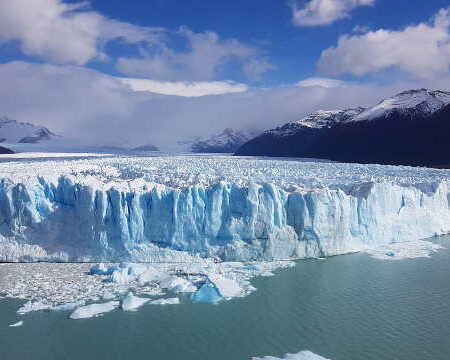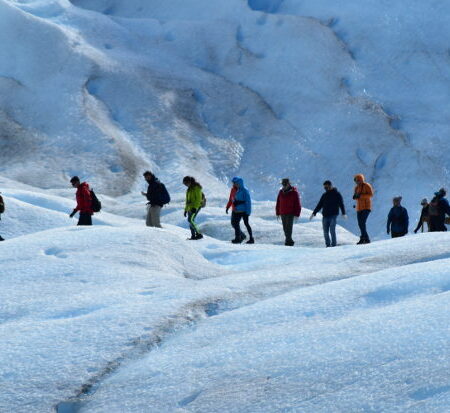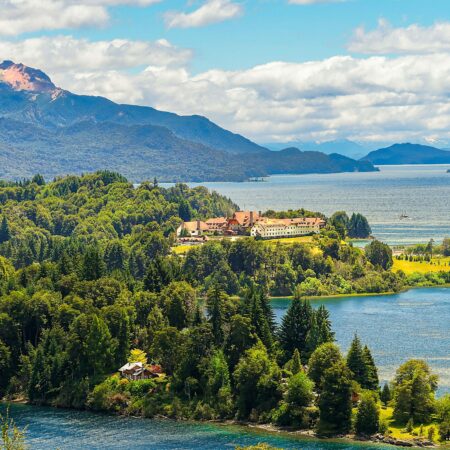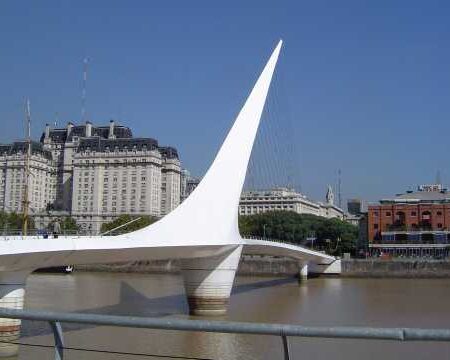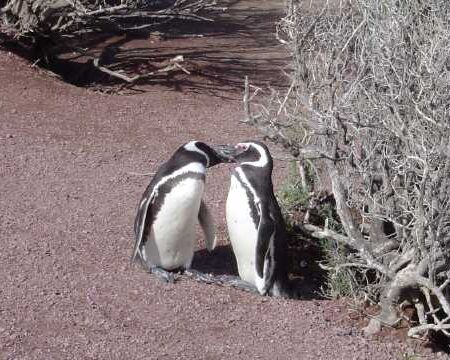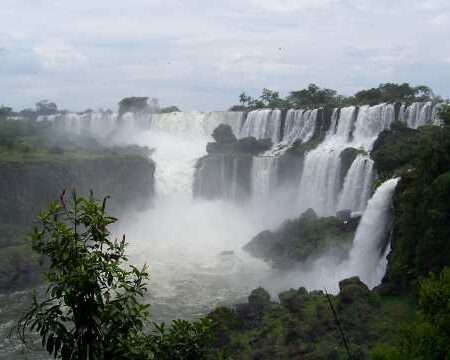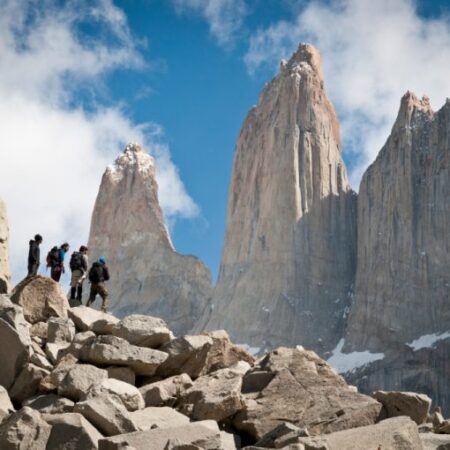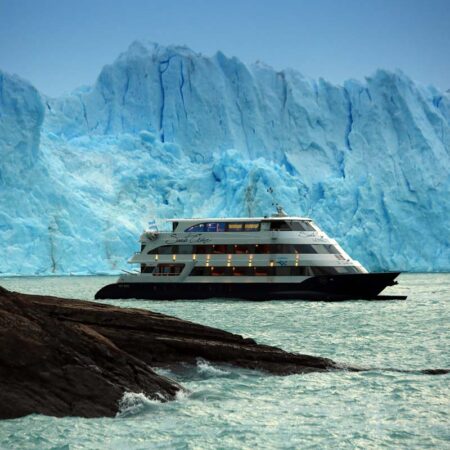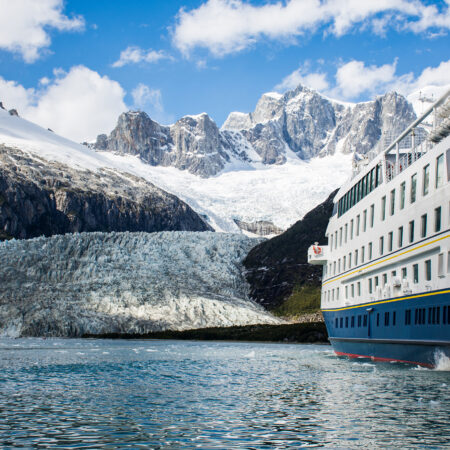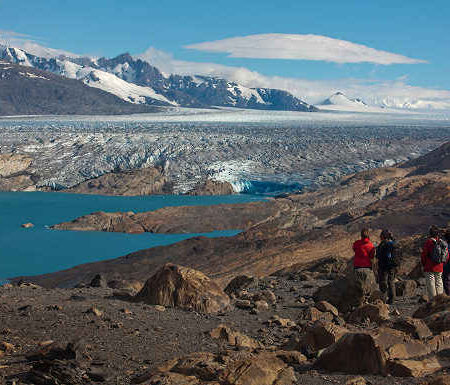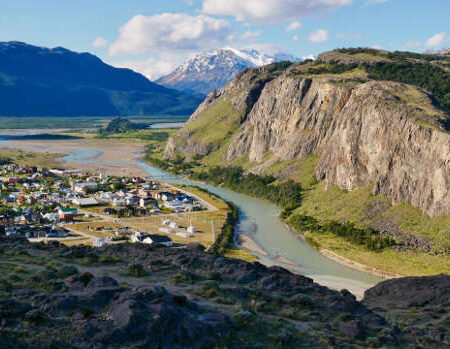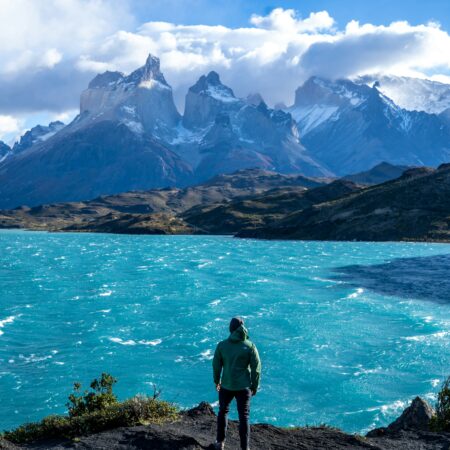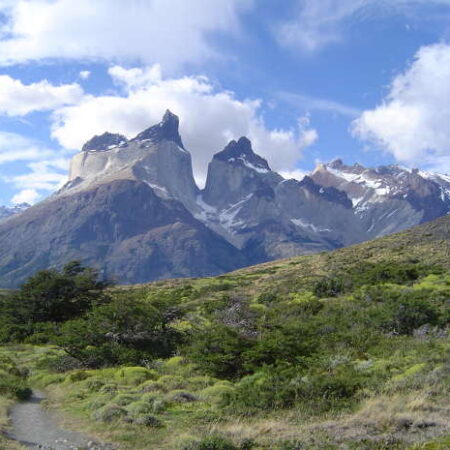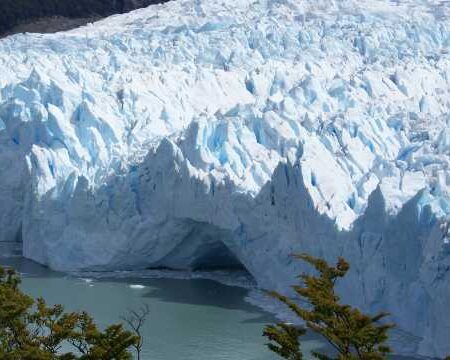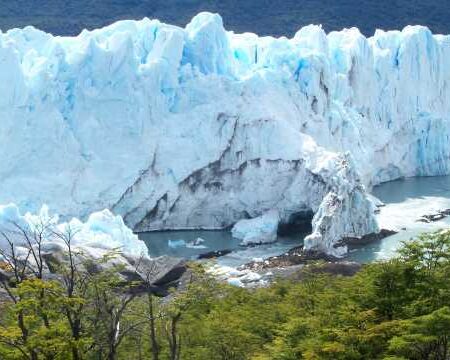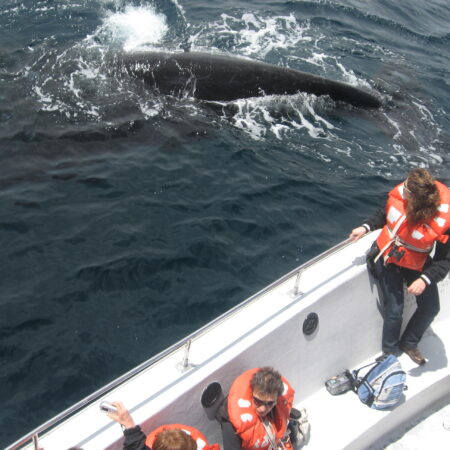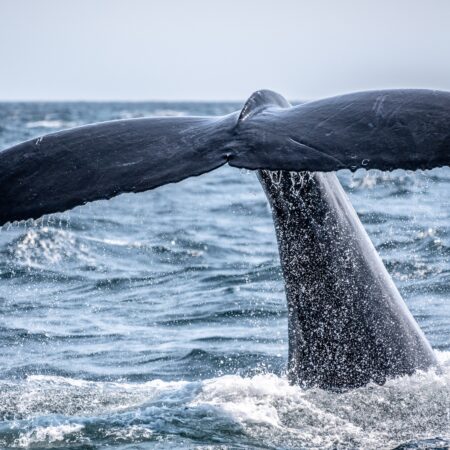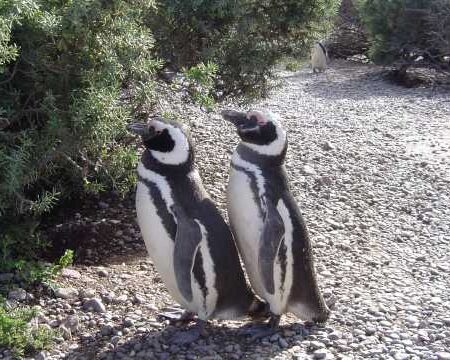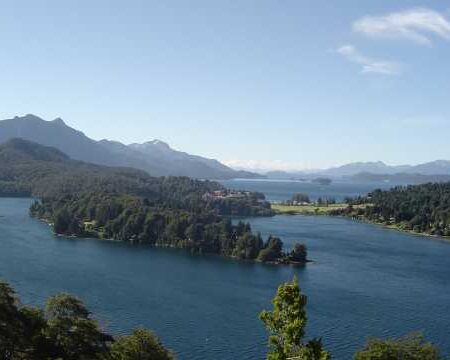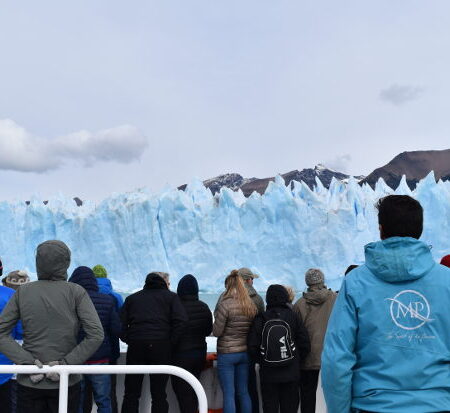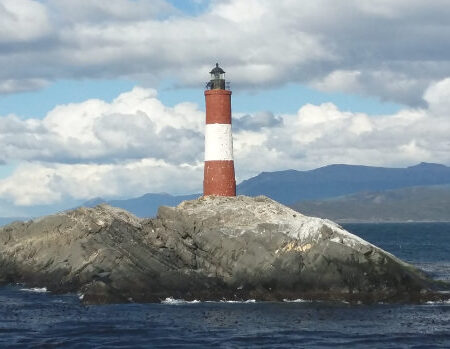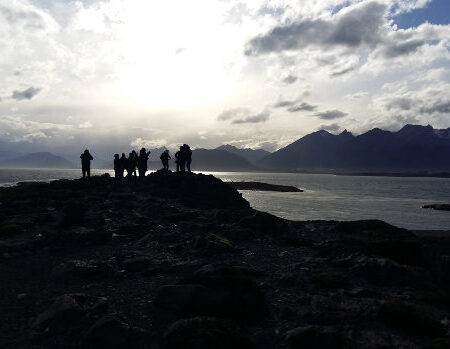Please bear in mind that our summer starts December 21st.
| Area | North Atlantic | South Atlantic | Tierra del Fuego | The Glaciers | Northern Lakes | Negro river Upper Valley and Neuquén | Rio Negro Province (south) |
| Features | In this zone western winds predominate and, on the coast there are frequent sea storms. The air is very dry, rains reach 250 Annual millimeters and there is no snow. Because of this, the general aspect is that of dryness. The temperature of the marine waters is pleasant, since the coasts are bathed by the southern end of the warm current of Brazil. | In general, this climate can be described as that of an arid plateau. Rainfall ranges from 200 to 300 Annual millimeters, and there is no snow. The winds from the west and the south are almost constant. The temperature of the marine water is cold. | Here the sea and the mountains help to moderate the climate. In the zone of River Grande the winds from the west blow at an average speed of 25 km/h with blasts of up to 200 km/h, with few periods of calm. In Ushuaia the southwestern wind predominates, at 59 km/h average speed with blasts of up to 100 km/h, but with longer calm periods. Near the Beagle Channel cloudy skies are common. | It is a zone of premountain and mountain ranges. There is a strip of transition between the plateau and the forest, where rains become more and more abundant. There is also plenty of snow in winter. The mountain range helps to moderate the winds. | The climate goes from very humid in the mountain range (this region features the areas with greatest rainfall in the country) to humid in the beginning of the plateau. Rains augment towards the west, and there is abundant snow in winter. | Rainfall ranges from 200 to 400 millimeters per year, and there is no snow. The predominant winds are those of the west. It is necessary to consider the topographic differences, since the climate is more moderate near the rivers and more barren and cold as one approaches the plateau. | It is a cold and very arid climate, with less than 200 mm annual rainfalls (at some places, even much less). This makes it one of the most barren regions within Argentina. The winds blow almost constantly, with predominance of the west and the south. |
| Minimum temperature summer (ºF) | 59 | 44.6 | 42.8 | 44.6 | 41 | 46.4 | 46.4 |
| Maximum temperature summer (ºF) | 86 | 73.4 | 64.4 | 66.2 | 73.4 | 89.6 | 77 |
| Minimum temperature autumn (ºF) | 42.8 | 35.6 | 32 | 37.4 | 32 | 35.6 | 35.6 |
| Maximum temperature autumn (ºF) | 75.2 | 57.2 | 50 | 51.8 | 59 | 68 | 60.8 |
| Minimum temperature winter (ºF) | 35.6 | 32 | 5 | 30.2 | 30.2 | 32 | 24.8 |
| Maximum temperature winter (ºF) | 60.8 | 50 | 37.4 | 42.8 | 44.6 | 62.6 | 46.4 |
| Minimum temperature spring (ºF) | 42.8 | 39.2 | 35.6 | 37.4 | 32 | 41 | 33.8 |
| Maximum temperature spring (ºF) | 77 | 66.2 | 51.8 | 48.2 | 62.6 | 80.6 | 62.6 |
